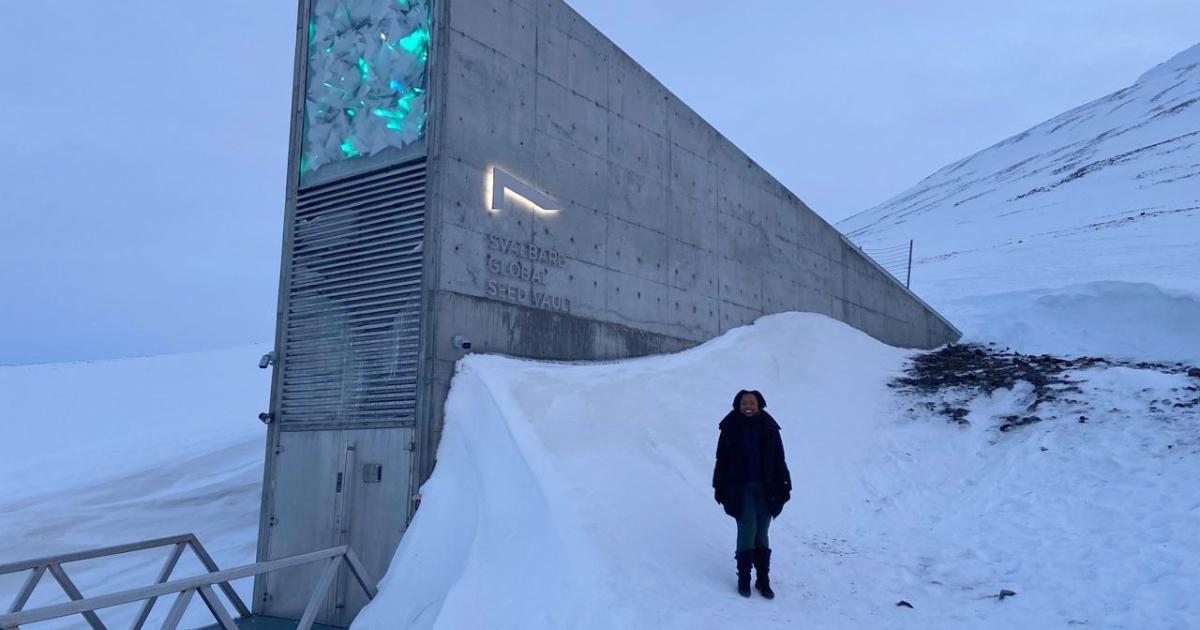This study focus on land use-land cover changes relation to the multidimensional characteristics of spatial and temporal patterns of land dynamics and social practices. The objectives are to characterize the dynamics of land-use and land-cover changes from 1992 to 2015, and to identify the drivers of deforestation and land degradation. Nine (09) types of classes were identified: humid vegetation (HV), savanna/wooded savanna (WS), savanna/shrub savanna (SSS), shrub savanna (SS), mangrove (MA), grass savanna (GS), cropland (CP), water (WA), and bare soil (BS). The process of change was analysed within a 5614.6 ha which includes the Patako protected area. The results have shown significant changes in land use-land cover for more than two decades (1992 to 2015). A high variability of land cover transfer was recorded between periods and class categories. At least, 55% of the HV changed to WS that was manifested by a loss of 16% during the first decade. The most important decline in area was recorded annually within the HV (4.8%), and the WS (2.6%), while the SSS experienced a substantial annual increase of 0.5%. The appearance of the SS (10.3%), during the last fifteen years, is a witness to degradation process as a result of anthropogenic pressure mainly for subsistence raisons. This pressure resulted to a conversion of small forested land to agricultural land on the boundary of the protected area. Tree cover represented 99.4% of the entire forest area in 1992, 97.4% in 2010, and slightly more (+1.2%) in 2015. According to this evolution, the annual rate of deforestation was estimated to 0.09% with an average of 0.11±0.08% for the three defined periods. The drivers leading to changes in land use-land cover stresses the complexity that is related to sustainable management of protected areas. Urgent action is necessary to reduce loss of biodiversity due to deforestation and land degradation. For this purpose, a particular attention must be paid to the implementation of the Patako management plan under a Reducing Emissions from Deforestation and Forest Degradation (REDD+) project.
DOI:
https://doi.org/10.11648/j.ajep.20150406.17
Altmetric score:
Dimensions Citation Count:






















